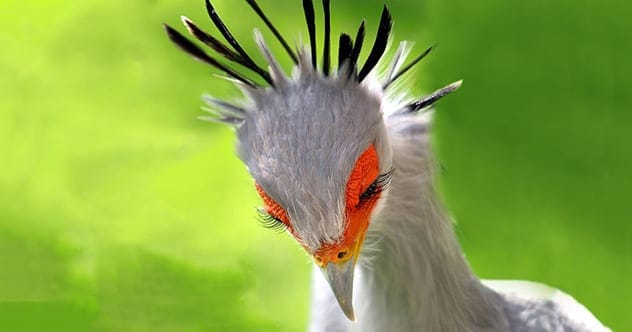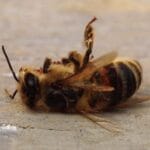The animal kingdom is full of surprises. While some predators rely on brute strength, others have evolved bizarre and ingenious hunting methods. Get ready to be amazed by these crafty creatures and their unusual tactics for survival.
Komodo Dragon
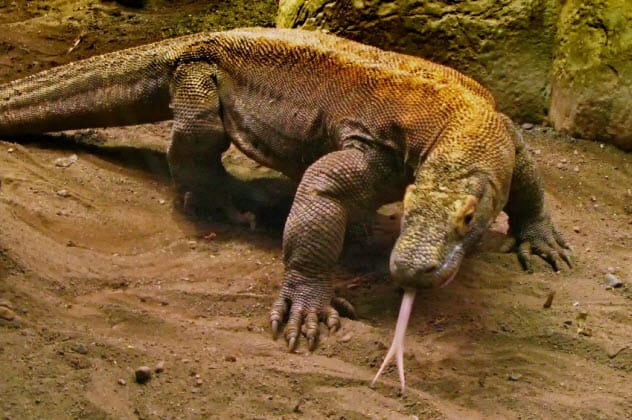
Komodo dragons, the largest living lizards, are formidable predators found on a few remote Indonesian islands. These beasts hunt in packs, using their sharp claws and serrated teeth to inflict severe wounds on their prey. They often target the underside or throat, causing rapid blood loss.
But here’s the truly gruesome part: a Komodo dragon’s initial attack may only wound its prey. The dragon then proceeds to tear flesh off its grounded victim and eat them alive. Some scientists also believe their teeth contain venom, further incapacitating their prey. Talk about a killer combo!
Golden Eagle
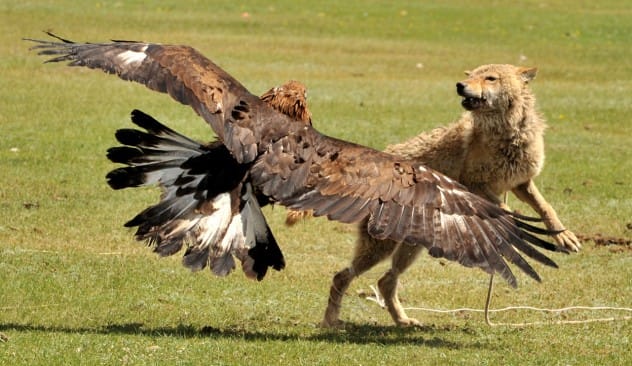
Golden eagles are known for their powerful feet and sharp talons, which they use to hunt a variety of prey, including squirrels and deer. However, their most shocking tactic involves goats. These eagles swoop down on goats near cliffs, pick them up, and deliberately drop them onto the rocks below.
The fall usually kills the goat, and the eagle then feeds on the carcass. Considering that goats can weigh over 200 pounds, the strength and precision required for this hunting method are truly impressive. It’s a brutal but effective strategy.
Electric Eel
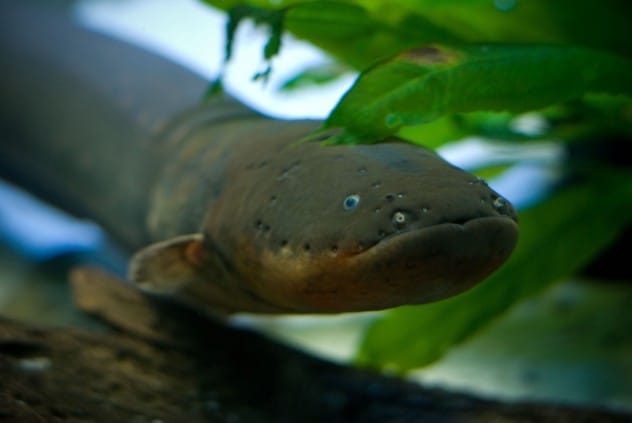
Electric eels use a unique and shocking method to hunt. Inhabiting dark, murky waters, these eels can generate a powerful electric charge to stun their prey. This ability allows them to hunt effectively in environments where visibility is poor.
Their diet consists of fish, crustaceans, insects, and small vertebrates. The eel uses motion-sensitive hairs to detect pressure changes in the water, triggering two rapid electric pulses. These pulses hit the prey’s muscles, stunning and paralyzing them, making it easy for the eel to consume its victim. It’s like having a built-in taser!
Deinopidae (Net-Casting Spider)
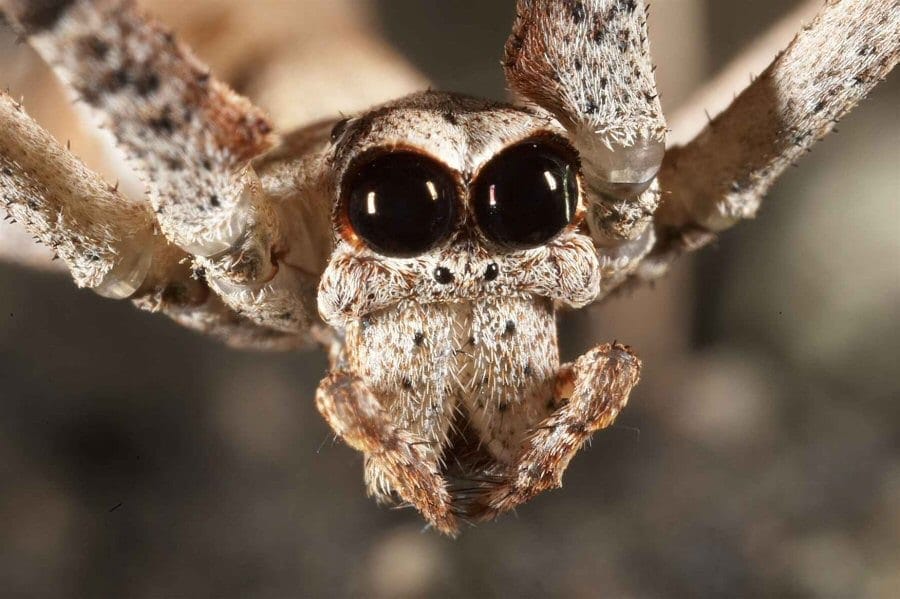
Net-casting spiders, found in tropical regions, are nocturnal hunters with exceptional vision. They use this vision to spot prey, such as ants, moths, and beetles. Their unique hunting technique involves casting a net made of their own silk over unsuspecting victims.
The spider crafts a net, sometimes three times its own size, and sets a feces trap to lure prey. When a victim approaches, the spider entangles it with incredible speed before biting and consuming it. This lightning-quick movement and specialized net make them highly efficient predators.
Frogfish
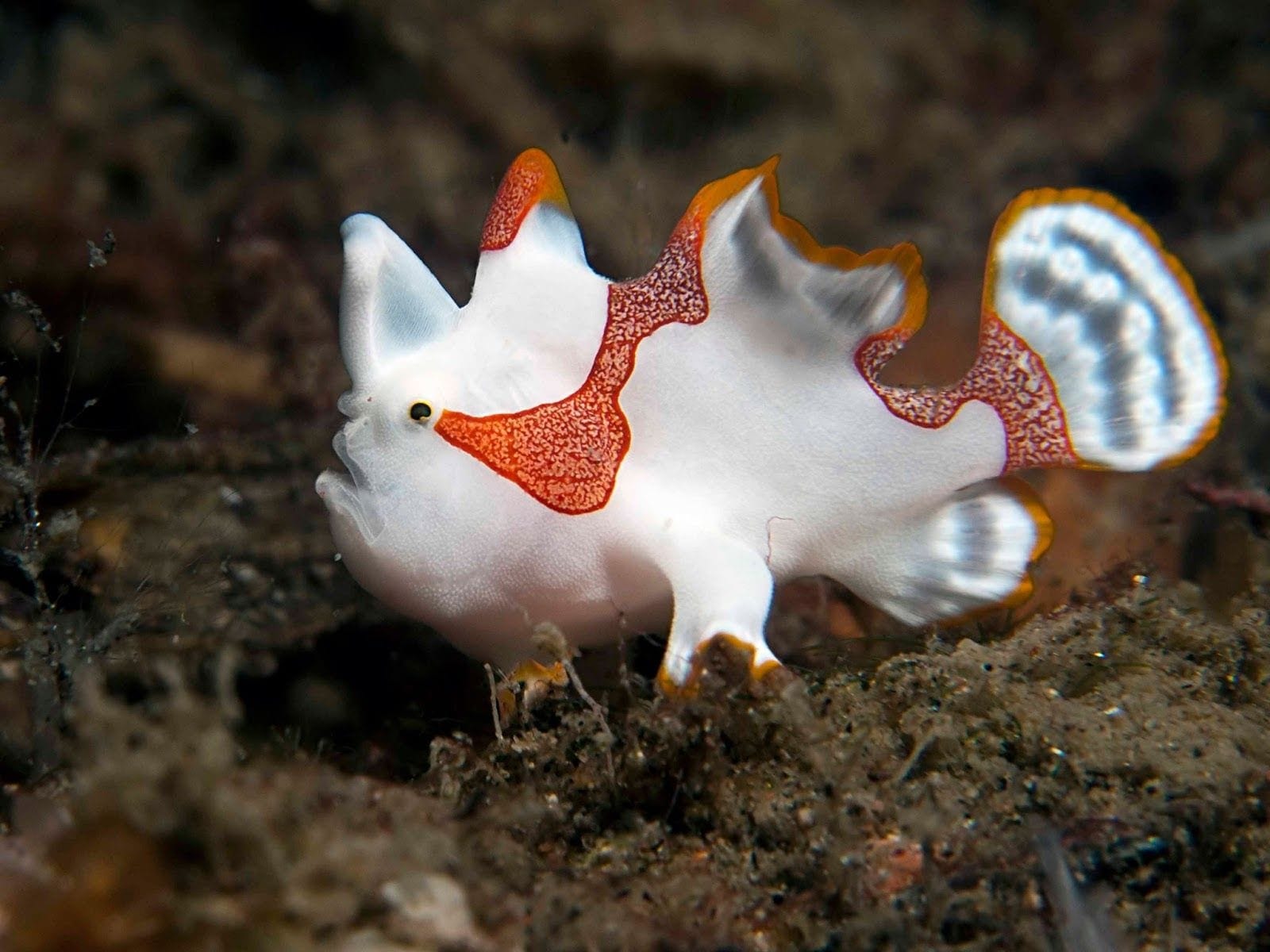
Frogfish are anglerfish that are not only super ugly but also highly effective hunters. They typically remain on the ocean floor, using camouflage and mimicry to lure their prey. When a victim gets close enough, they strike with astonishing speed, sometimes as fast as 6 milliseconds.
Covered in spinules for camouflage, some frogfish can also change color to blend in with their surroundings. They use strange-looking appendages that resemble worms as bait, wiggling them to attract prey. Once the prey is within striking distance, the frogfish opens its huge mouth and swallows the victim whole, using a special muscle in the esophagus to prevent escape. These fish can swallow animals twice their size!
Secretary Bird
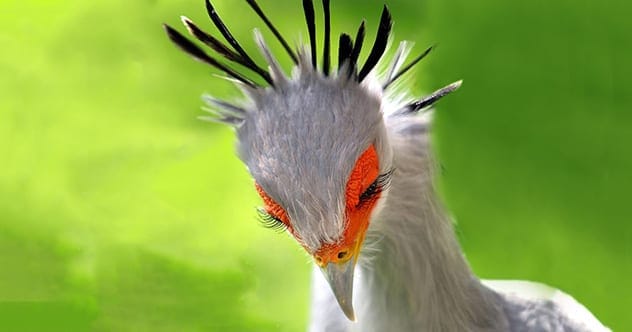
Secretary birds are birds of prey native to Africa that hunt on land rather than from the air. Their primary weapon is their feet, which they use to kick or stomp their prey to death. They often hunt in pairs, stomping on vegetation to flush out insects and small mammals.
They also target snakes, including cobras, with persistent stomps to the head. The secretary bird’s scientific name, Sagittarius serpentarius, means ‘the archer of snakes,’ highlighting their snake-hunting prowess. When attacking, they spread their wings and raise their feathered crest in a display of power and intimidation.
Margay
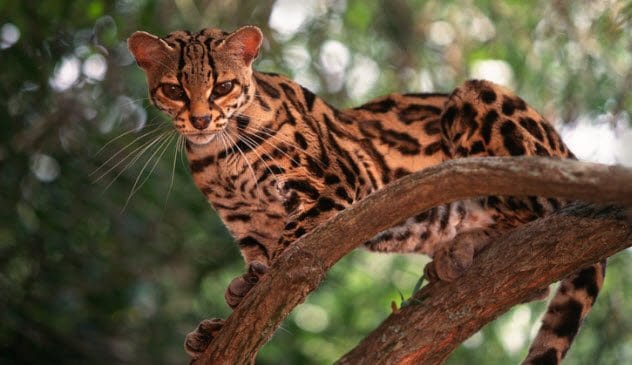
The margay, a small nocturnal cat native to South and Central America, employs a rare technique of mimicry to lure its prey. This solitary hunter targets small mammals, birds, lizards, and tree frogs, and has even been known to eat vegetation.
Margays have been observed vocalizing infant monkey cries to attract prey, such as wild pied tamarins. By mimicking these distress calls, the margay lures potential victims closer, improving its chances of a successful attack while conserving energy. It’s a clever and deceptive strategy.
Archer Fish
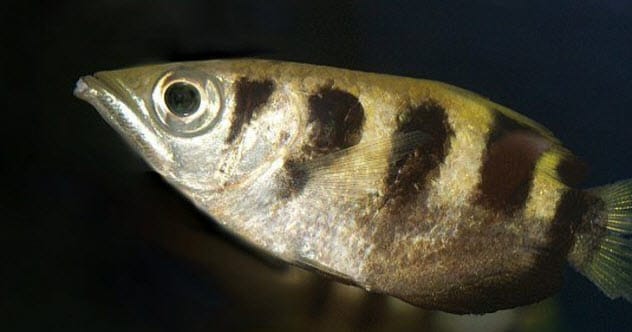
Archer fish have turned the concept of a water pistol into a hunting technique. These fish float near the surface and shoot land-based insects with a powerful and accurate stream of water from their mouths. They can hit targets from several meters away.
If they miss on the first try, they are persistent and can shoot up to seven streams of water at once. Found in brackish water habitats in South East Asia and Northern Australia, archer fish can also leap out of the water to attack if their shot isn’t effective. They are one of the few animals that use tools—in this case, water—to hunt.
Glowworms
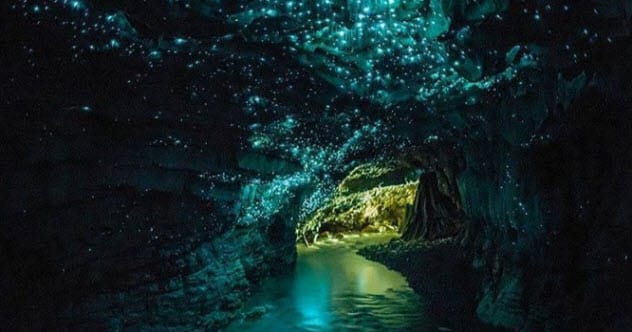
Glowworms, the larvae of beetles or gnats, use their bioluminescence to attract insects. These illuminated larvae emit light through a chemical reaction, drawing insects to their large, sticky webs in caves and overhangs.
Caves, which are dark and moist, are the perfect hunting grounds for glowworms. The glow attracts insects, which then become trapped in the sticky webs. While they may look pretty, their glow is a deadly lure for unsuspecting prey.
Bottlenose Dolphins

Bottlenose dolphins are highly intelligent mammals that work together to hunt. One of their strangest techniques involves creating ‘mud nets’ to trap fish. A dolphin hits the ocean floor with its tail to stir up mud, creating plumes in the water.
The dolphins then swim in a circle around a school of fish, creating a whirlpooling ring of mud. Trapped fish try to escape the ring by jumping out of the water, where the dolphins are waiting with their mouths open. This highly intelligent strategy demonstrates the dolphins’ advanced hunting skills.
Nature’s predators constantly evolve, leading to mind-blowing hunting strategies. Which of these animals surprised you the most?
Leave your comment below and share your thoughts!


